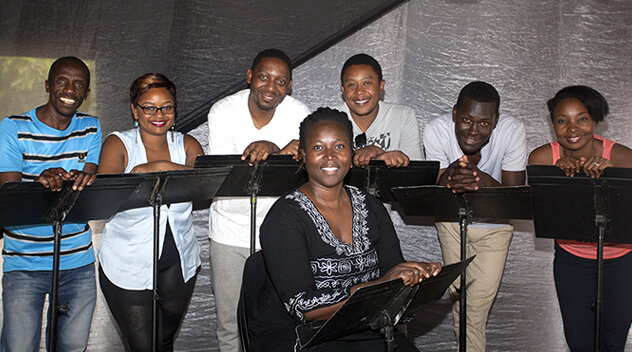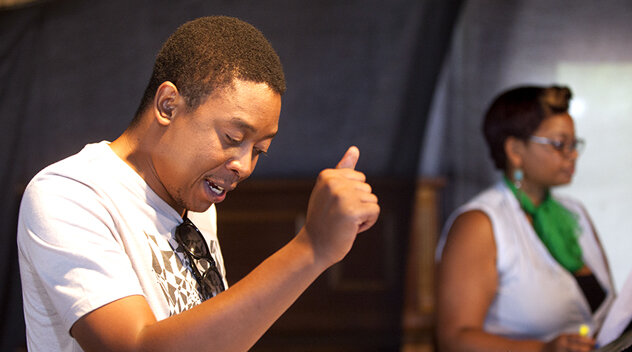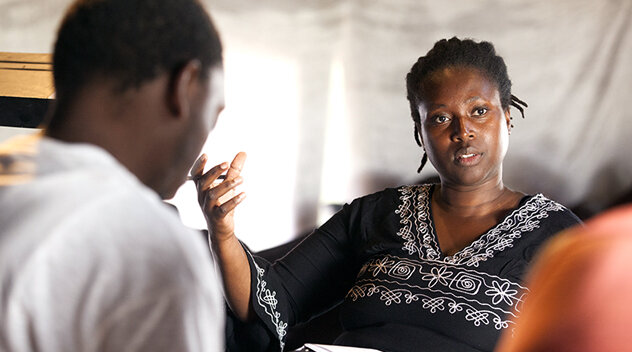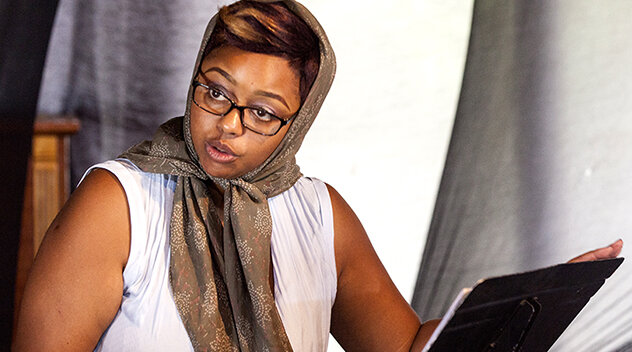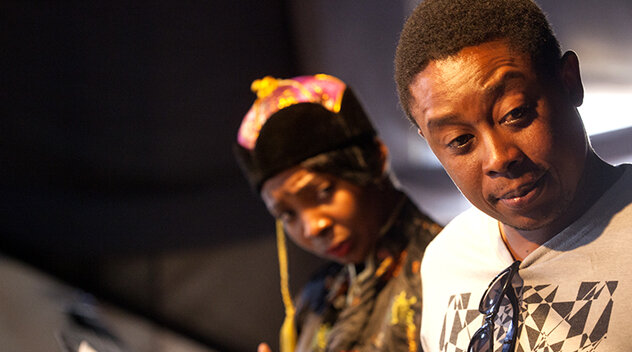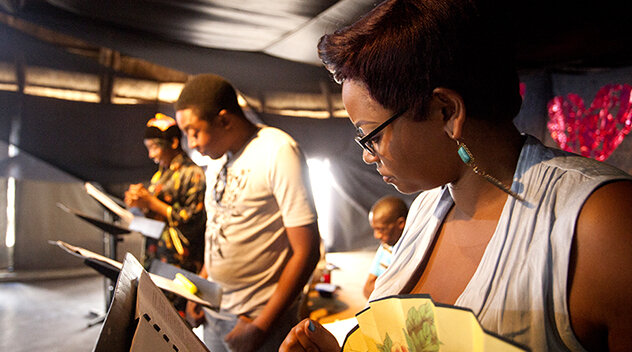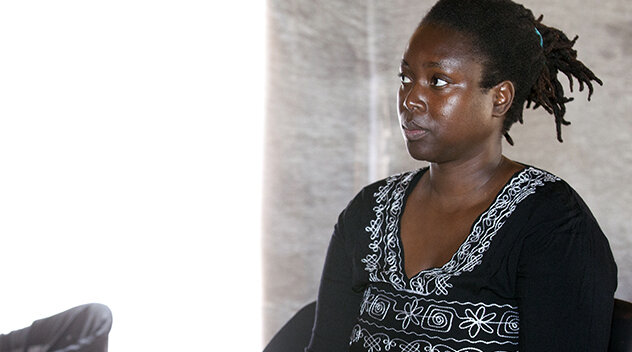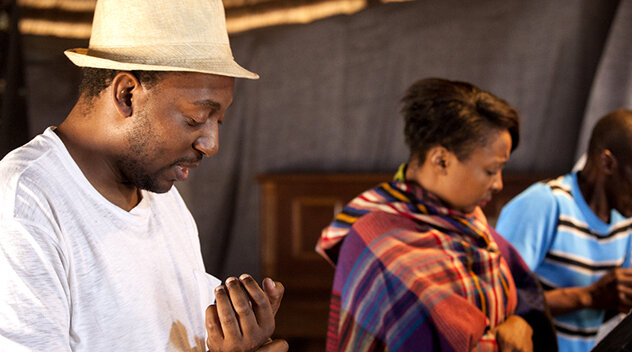Negotiated Spaces
Harare, November 19th 2016 | Elizabeth Zaza Muchemwa
Since I started taking part in the Almasi staged reading series, I have realized the kinds of stories I am interested in working on. These are stories of struggle, whether physical or metaphorical, which really depict the human condition and prompt us to think beyond the surface of our everyday. When I first read The Good Woman of Setzuan, I was struck by how Bertolt Brecht brought so many issues to the foreground without prescribing what should be or what can be. Instead, the play asks question after question about economics, morality and political ideology and their contribution to the human condition in western civilizations.
In his time, Brecht realized the power of the theatre and sought to harness that power in bringing pertinent dialogue of his time to the foreground. Yet, I would be remiss if I did not talk about some of the controversies that surrounded the life and work of this brilliant playwright. One of these is the fact that while Bertolt Brecht’s 1955 published collected works do not acknowledge Margarete Selfin as collaborator on The Good Woman of Setzuan, it is believed that she had a large hand in the development of the play. Ruth Berla, a frequent Brecht collaborator, is also believed to have been involved in the play. Produced in 1943, published in 1953, the play has different versions and titles including “Der Gute Mensch von Sezuan”, “The Good person of Szechwan” and “The Good Soul of Szechuan”; a true reflection of Brecht’s practice of rewrites and adaptation. For the Almasi staged reading series, I worked on the Eric Bentley translation, first performed in 1985 in Britain.
In the rehearsal room there was no moment in which I forgot the significance of Brecht’s work on the radical shift of modern theatre’s aesthetics. Holding a Brecht text feels like being in the presence of the master, you become terrified of doing the wrong thing entirely, something that seems inevitable when you have 6 actors for a play that requires a cast numbering more than 10 actors. Yet, tackling the work of this master was a challenge I dared myself to take. It is a challenge that the actors in the rehearsal room took on wholeheartedly. As we read the script and discussed the play, I gained more insight and I knew I was in the right place as I listened to the actors passionately discuss what each character represented and whether they were representations of power or morality and/or economics.
The politics of power, morality and economics; their effect on the female body and female conditions are important in the world of the play as much as they are in the society we live today. The more we talked about the play, about its representations of class and gender, the more I became sensitive to discourses that play out around me in my everyday life and how I had come to accept some things that belittle or undermine women in my society. One example is an incident where a fellow female passenger remarked on a group of passing female police officers in riot gear with a male police officer leading them. She surmised that it was a good thing they were with a man otherwise they were not going to manage the rioters on their own. I asked, “why”’? Then she said, “varume vakashinga”, meaning “men are brave/courageous”. A lot of things ran through my mind, one of them was to chastise the woman, but I didn’t. It got me to thinking about how the female body is subjected to presumptions. How the female form in my society is still representative of weakness, fear, powerlessness and how women, through repressive morality practices, are constantly negotiated into smaller spaces in the society where their position of power and economic strength is limited.
Working on The Good Woman of Setzuan brought sharply into focus topics that I cannot continue to ignore. It is inevitable that society will impose restrictions on a body. After all, for thousands years we have related to each other as human beings by imposing boundaries on thought, movement and being because of our inherited fear of chaos. However, it hardly seems fair that particular bodies are elevated to higher positions of power whilst some constantly have to fight for negotiated spaces of being. It remains to be seen if an advent of a society which accommodates all and preserves space for everyone is possible. Body politics was a topic for discussion that the play ignited for us but which we need to carry forward in our daily dialogues in today’s tempestuous times. If we are to make sense of it all or if we are to accept a status quo or push for the dismantling of oppressive/repressive systems—we must quarrel with these ideas first.

